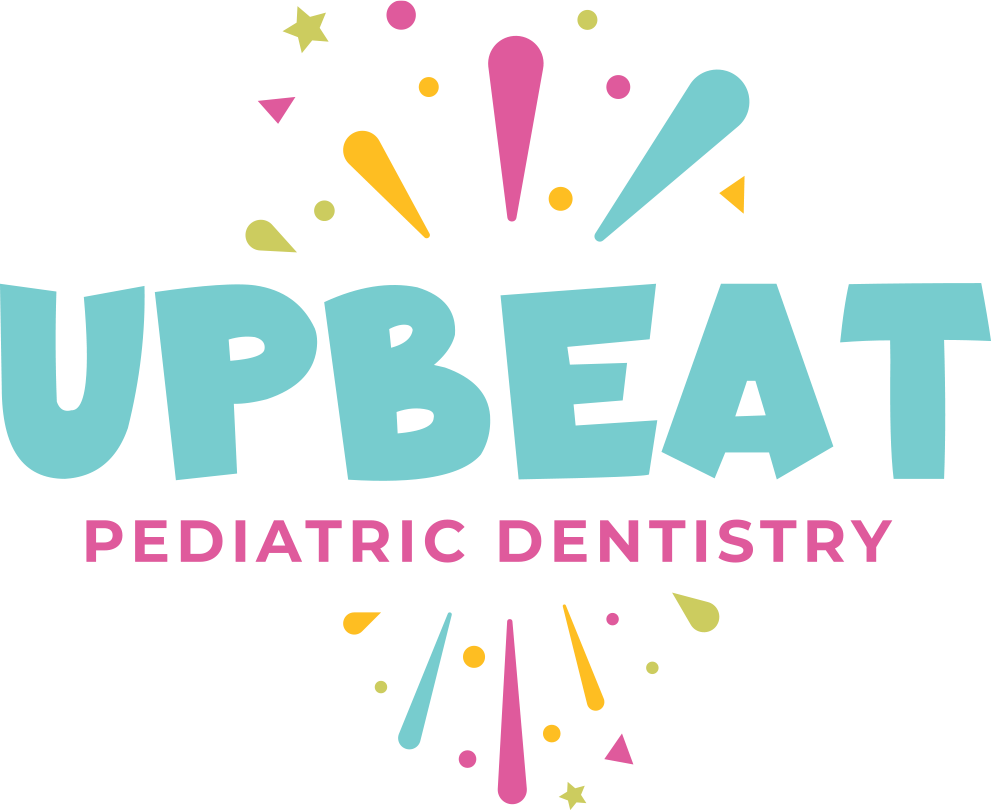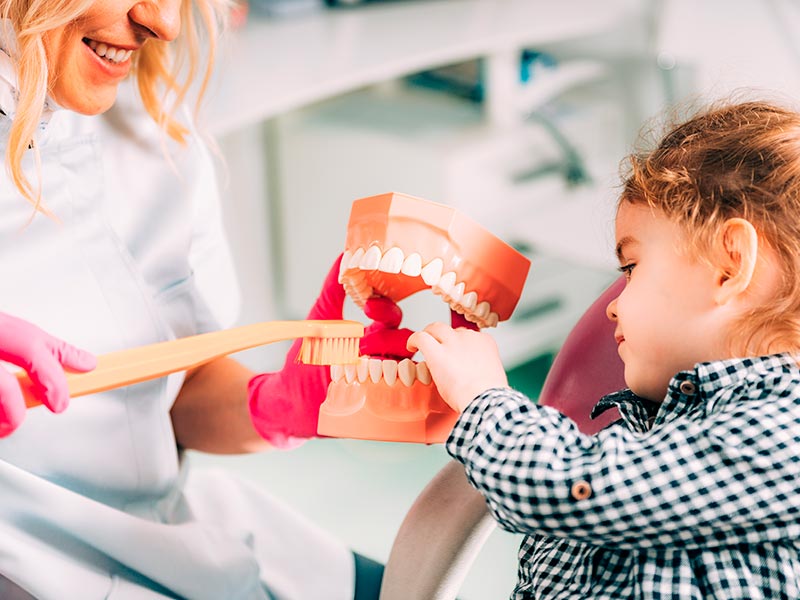Selecting a pediatric dentist for your child is a crucial decision, and it becomes even more significant when the child has special needs like autism. At Upbeat Pediatric Dentistry, we acknowledge the unique requirements of each patient, including those with autism, and provide exceptional dental care tailored to their needs.
Why Choose a Pediatric Dentist?
Pediatric dentists undergo an additional two to three years of training beyond dental school to understand the distinct needs of pediatric patients. This training encompasses treating children with autism, ensuring that dental appointments are positive experiences for both parents and children facing unique challenges.
Tips for Choosing a Dentist for Autistic Children
Experience with Special Needs
Look for a pediatric dentist with experience in treating autistic children or those with special needs. At Upbeat Pediatric Dentistry, our team is well-trained to handle diverse needs and ensures a positive experience for every child.
Pre-Visit Opportunities
Ensure your dentist offers pre-visits, allowing you to meet the doctor and staff before any appointments. This is an opportunity to discuss concerns, familiarize yourself with the office, and prepare your child. Our staff at Upbeat Pediatric Dentistry values these pre-visits to communicate details and tailor the experience.
Sensitivity to Light and Sound
Inquire about how the dentist handles sensitivity to light or sound. At Upbeat Pediatric Dentistry, we are attentive to a child’s sensitivity levels and can adjust lighting or sound to create a comfortable environment.
Sedation Options
Explore available sedation options if needed. At Upbeat Pediatric Dentistry, we offer safe options such as nitrous oxide or conscious sedation for more complex procedures. These are used judiciously, considering the child’s medical history and requiring a thorough examination beforehand.
Kid-Friendly Environment
Assess the waiting room for kid-friendly features. At Upbeat Pediatric Dentistry, our waiting area is designed with vibrant colors, games, and entertainment to make the experience enjoyable for children.
Upbeat Pediatric Dentistry is the Right Place for Your Child
Choosing a pediatric dentist can be challenging, but during our consultation process, we take the time to understand each patient, creating a personalized approach for a positive experience.
If you are seeking a pediatric dentist that specializes in treating autistic children or those with special needs, Upbeat Pediatric Dentistry is here to assist. Our dedicated team strives to understand each patient’s unique needs, customize their visit, and ensure a positive experience during every visit.
To schedule a dental exam for your child, contact us, our friendly staff will be delighted to assist you. Your child’s dental health is our priority, and we are committed to providing the highest level of care for every patient, ensuring their visits are positive and comfortable.




